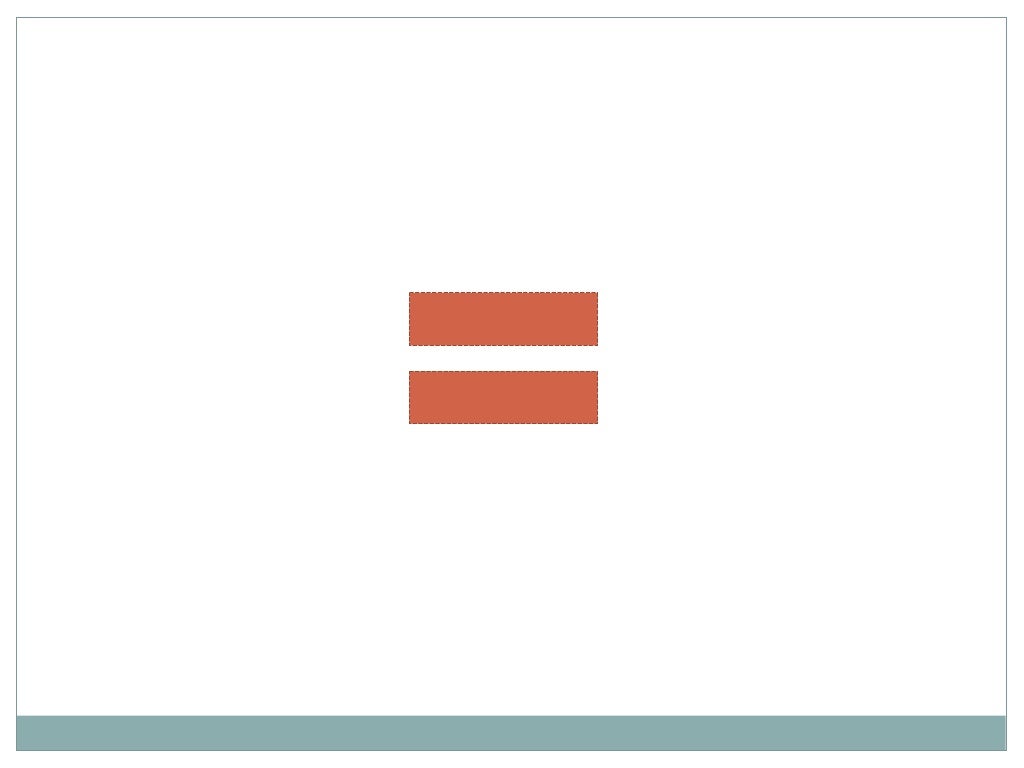


does not fit into any category" (PF327/WF340). But actual examples fall short of what Blanchot is after, namely a kind writing that preserves "the strangeness of that existence which. Yes, happily language is a thing: it is a written thing, a bit of bark, a sliver of rock, a fragment of clay in which the reality of the earth continues to exist (PF316-17/WF327).īy way of example Blanchot mentions Mallarmé and Francis Ponge, poets for whom words are no longer forms of mediation or substitutes for mundane objects. Everything physical takes precedence: rhythm, weight, mass, shape, and then the paper on which one writes, the trail of the ink, the book. Imagine a piece of writing in which a nameĬeases to be the ephemeral passing of nonexistence and becomes a concrete ball, a solid mass of existence language, abandoning the sense, the meaning that is all it wanted to be, tries to become senseless. In contrast to this lethal discursiveness, literary language seeks to save the cat by materializing itself, disrupting its discursive operations ("say nothing, speak in order to say nothing") by turning words back into things (PF314/WF324). To which Blanchot applies this gloss: "Everyday language calls a cat a cat, as if the living cat and its name were identical, as if it were not true that when we name the cat, we retain nothing of it but its absence, what it is not." (PF314/WF325). As Blanchot says in a footnote, Kojève "demonstrates in a remarkable way how comprehension for Hegel was equivalent to murder," meaning that predication annihilates the singularity of things (or persons) by replacing them with concepts. Following the romantic model, almost any awakening of interest in Hegel will produce (according to Hegelian rules) a countervailing "fragmentary demand," and this seems to have been the case at a critical point in Blanchot's career when Jean Hyppolite, Jean Wahl, and Alexandre Kojève brought Hegel's writings into the play of 20 th-century French intellectual life.įor example, in "Littérature et la droit à la mort," an essay written shortly after the publication in 1947 of Kojève's famous Hegel lectures (1933-39), Blanchot developed a conception of writing as a strategic interruption of Hegel's dialectic - at least Kojève's version of it.


More than one student of Romanticism has traced genealogical lines from Schlegel through Emerson and Nietzsche to the writings of the later Heidegger and, eventually, to the French writer Maurice Blanchot (1907-2003). The fragment is, whatever else it is, a figure of freedom. 201, seems to reverse it: "A fragment, like a miniature work of art, has to be entirely isolated from the surrounding world and be complete in itself like a porcupine." To which a Schlegelian might respond by saying that the "true" fragment, contradictions be damned, is something absolutely singular and irreducible, refractory to contexts and inventories. Of course, Nancy and Lacoue-Labarthe make this point only to show how Schlegel himself, in Fr. involves an essential incompletion," an endless deferral of anything resembling a resolution of elements or events, whether in the form of an Aristotelian unity or a Hegelian totality. The prudent scholar will have consulted the early German Romantics, particularly Friedrich Schlegel, arguably the first philosopher of the fragmentary, for whom formal logic and systematic thinking are "philosophical grotesques." As Jean-Luc Nancy and François Lacoue-Labarthe observe, "The fragment. The word "fragment" is basically a covering term for textual variables in a constant state of variation - citations (or ruins) from antiquity, mnemonic forms like aphorisms, anecdotes, and pensées, as well as such random staples as notebook entries, tombstone epitaphs, and snatches of conversation. Perhaps the first thing to say about "fragmentary writing" is that it is an instance of what Deleuze and Guattari call "nomad art": multilinear forms that defeat the application of definitions, concepts, or conventional fixations of any kind.


 0 kommentar(er)
0 kommentar(er)
